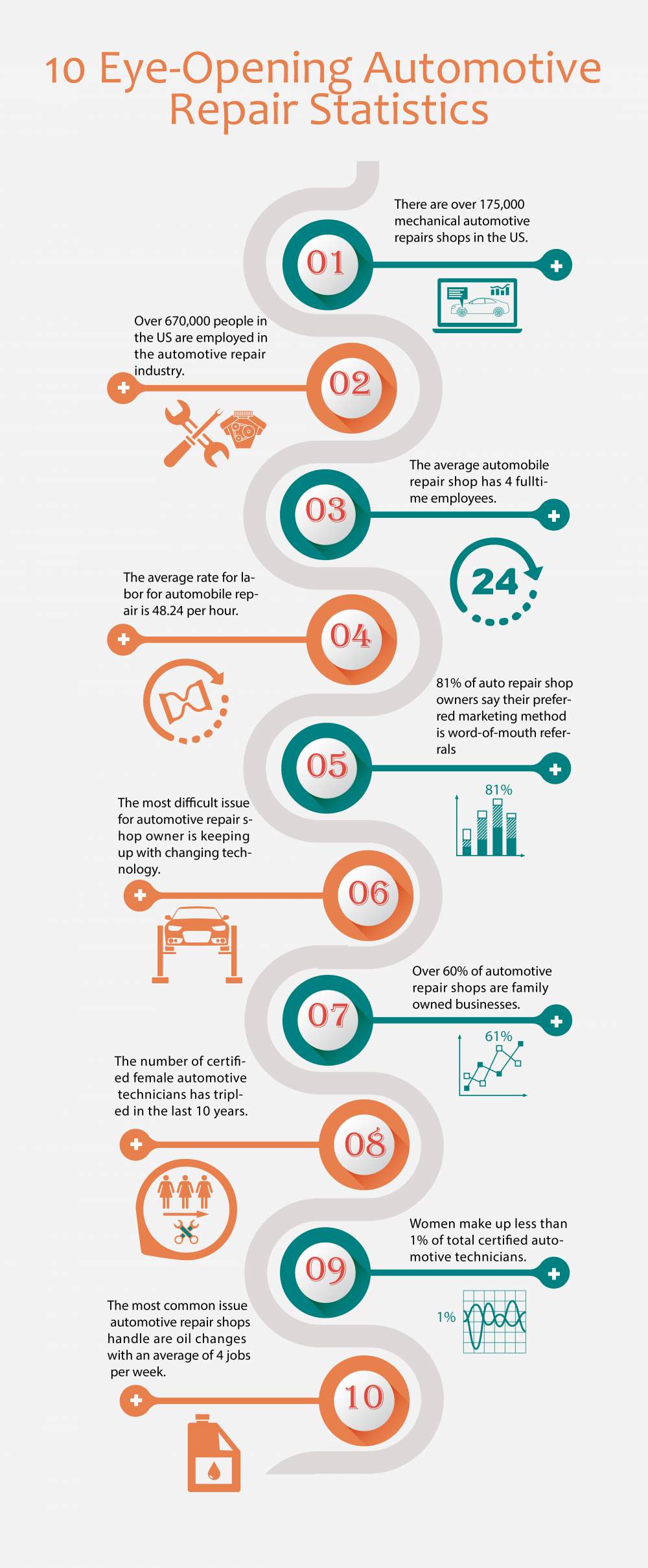Exploring The Genuine Analysis Of Your Automobile'S Caution Lighting
Exploring The Genuine Analysis Of Your Automobile'S Caution Lighting
Blog Article
Material Author-Wilkinson Ferguson
When you lag the wheel, those radiant caution lights on your dashboard can be a little bit difficult. Do you understand what they're trying to tell you regarding your auto's health and wellness? Recognizing the value of these lights is important for your safety and security and the durability of your car. So, the next time one of those lights pops up, wouldn't you want to understand its message properly and take the necessary steps to address it?
Common Warning Lighting and Interpretations
Determine typical warning lights in your cars and truck and comprehend their definitions to ensure risk-free driving.
One of the most normal warning lights consist of the check engine light, which indicates concerns with the engine or discharges system. If this light begins, it's crucial to have your vehicle checked quickly.
The oil stress warning light indicates reduced oil pressure, needing immediate interest to avoid engine damages.
https://ecu-tune-cost84061.theobloggers.com/33759842/discover-the-procedure-of-changing-your-automobile-s-oil-with-this-thorough-step-by-step-manual flashing battery light could suggest a faulty charging system, possibly leaving you stranded if not attended to.
The tire stress tracking system (TPMS) light informs you to reduced tire stress, influencing car stability and fuel performance. Neglecting this could lead to risky driving problems.
The ABS light indicates an issue with the anti-lock braking system, compromising your capability to quit swiftly in emergency situations.
Finally, https://www.digitaljournal.com/pr/automotive-repair-and-maintenance-services-market-growth-share-product-types-and-application-top-key-players-with-sales-price-business-overview-swot-analysis-2028-arnold-clark-automobiles-asbur warning light warns of engine overheating, which can cause severe damage if not dealt with swiftly.
Understanding these usual warning lights will aid you attend to problems promptly and keep risk-free driving conditions.
Significance of Prompt Attention
Understanding the common warning lights in your automobile is just the primary step; the importance of quickly addressing these cautions can't be highlighted sufficient to guarantee your safety and security on the road.
When a warning light brightens on your dashboard, it's your automobile's way of communicating a prospective issue that needs attention. Ignoring these cautions can cause extra serious troubles later on, compromising your safety and security and possibly costing you extra in repairs.
Trigger interest to cautioning lights can prevent malfunctions and crashes. For example, a blinking check engine light might suggest a misfire that, if left unattended, might cause damage to the catalytic converter. Resolving this quickly can save you from an expensive repair service.
Similarly, a brake system alerting light could indicate low brake fluid or worn brake pads, critical elements for your security when driving.
Do It Yourself Troubleshooting Tips
If you discover a caution light on your control panel, there are a couple of do it yourself troubleshooting suggestions you can try before looking for specialist help.
The initial step is to consult your auto's guidebook to understand what the certain caution light indicates. Occasionally the concern can be as basic as a loosened gas cap setting off the check engine light. Tightening the gas cap may settle the trouble.
Another common problem is a reduced battery, which can cause different warning lights. Inspecting the battery connections for rust and guaranteeing they're protected might take care of the trouble.
If a caution light continues, you can attempt resetting it by separating the automobile's battery for a couple of mins and afterwards reconnecting it. Additionally, inspecting your car's liquid degrees, such as oil, coolant, and brake fluid, can assist fix alerting lights connected to these systems.
Conclusion
In conclusion, understanding your auto's warning lights is vital for keeping your automobile running efficiently and securely. By quickly dealing with these notifies and recognizing what they suggest, you can avoid costly repair work and potential breakdowns.
Keep in mind to consult your automobile's handbook for specific details on each advising light and do something about it accordingly to make sure a trouble-free driving experience.
Remain educated, stay secure on the road!
